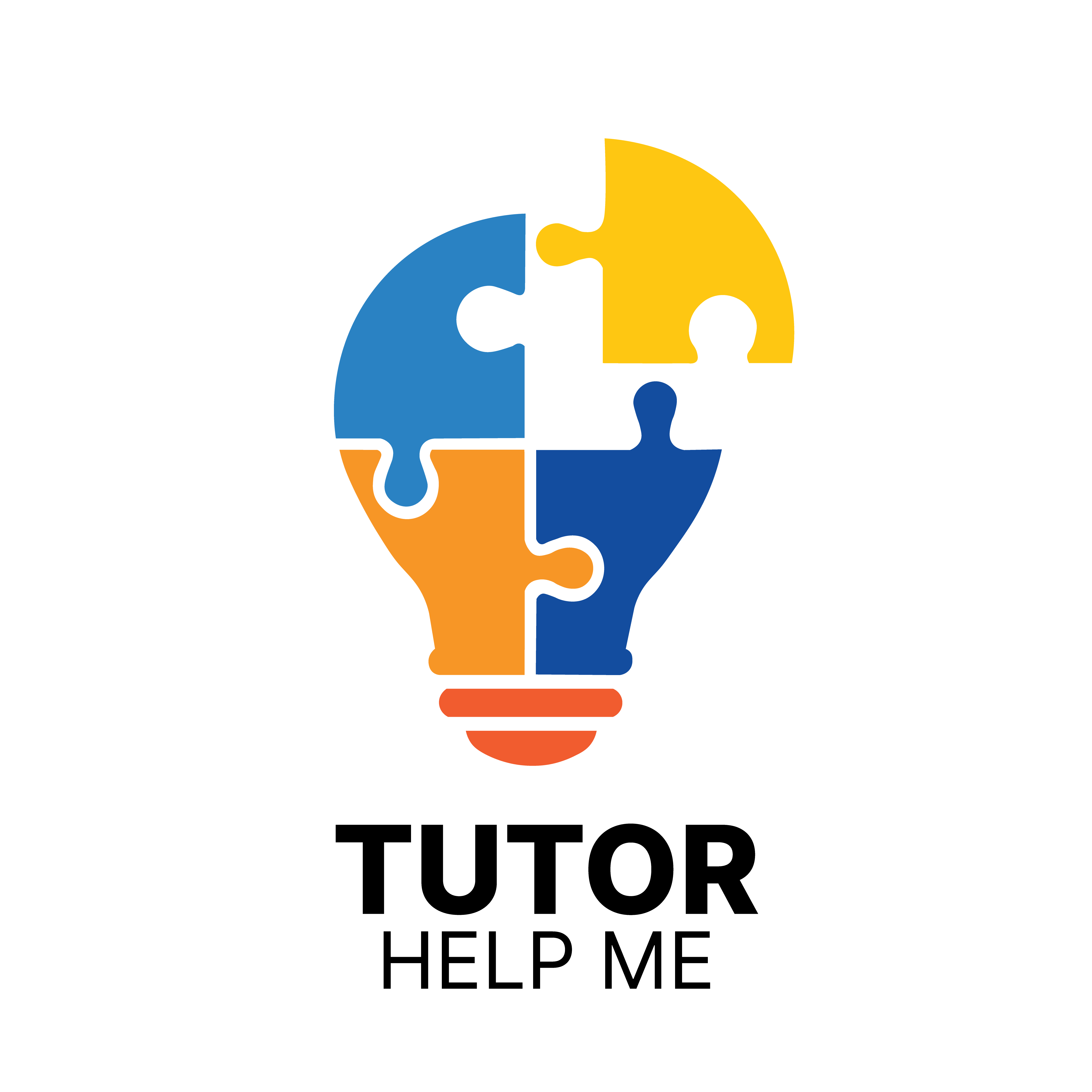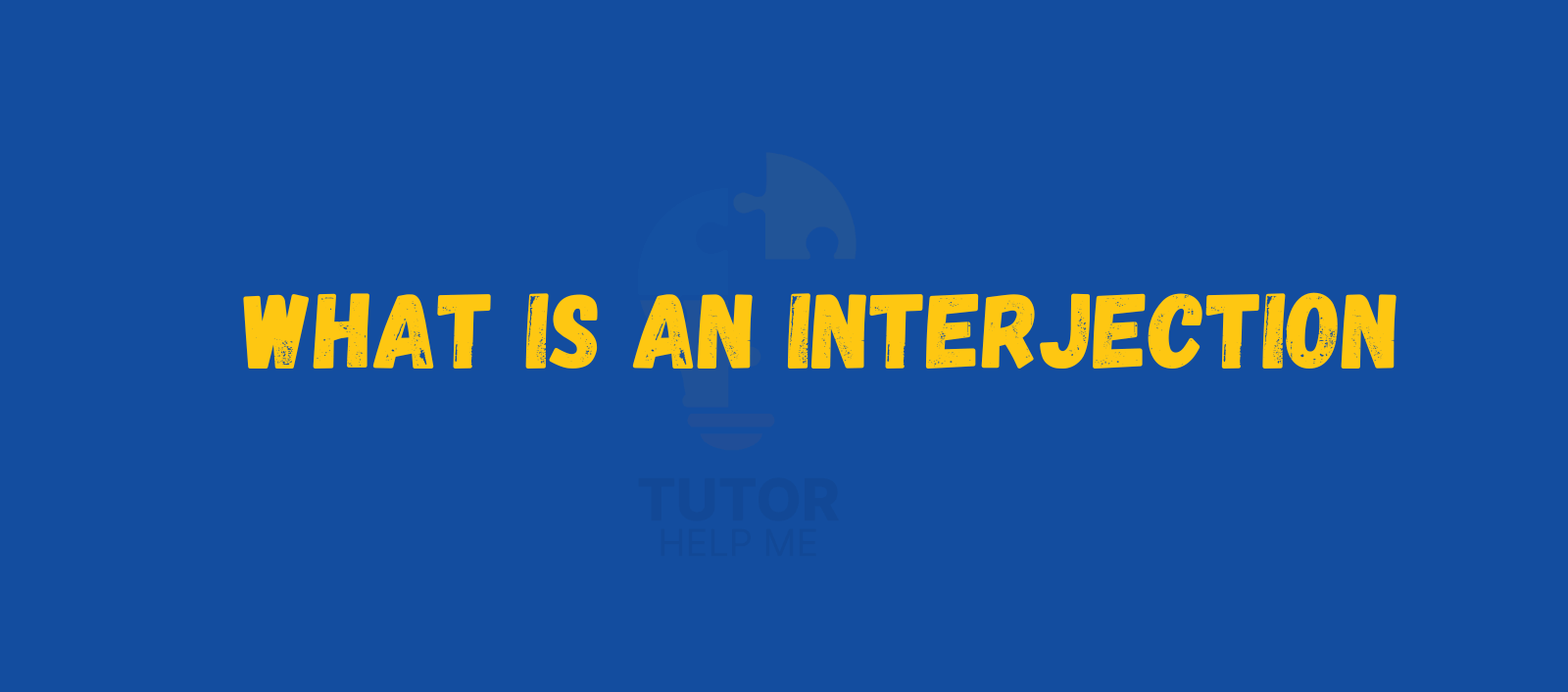Interjections are short words or phrases used to express strong feelings or sudden reactions. They show emotions like surprise, joy, pain, anger, or excitement. These words stand alone and are not grammatically connected to the rest of the sentence.
In this blog, you’ll learn what an interjection is, its types, and how to use it with examples.
What Is an Interjection?
An interjection is a word or group of words used to express emotion, reaction, or sudden feeling. It often comes at the beginning of a sentence and is followed by an exclamation mark or comma.
Examples:
- Wow! That’s amazing.
- Oh no, I forgot my bag.
- Ouch! That hurt.
Types of Interjections with Examples
Interjections of Joy
These express happiness or excitement.
Examples:
- Wow! You did it.
- Hooray! We won the match.
- Yay! It’s my birthday.
- Woohoo! That was fun.
- Yippee! We’re going on vacation.

Interjections of Surprise
These show shock, amazement, or sudden awareness.
Examples:
- Oh! I didn’t expect that.
- What! Are you serious?
- Aha! I knew it.
- Eh! That’s strange.
- Really! That’s unbelievable.
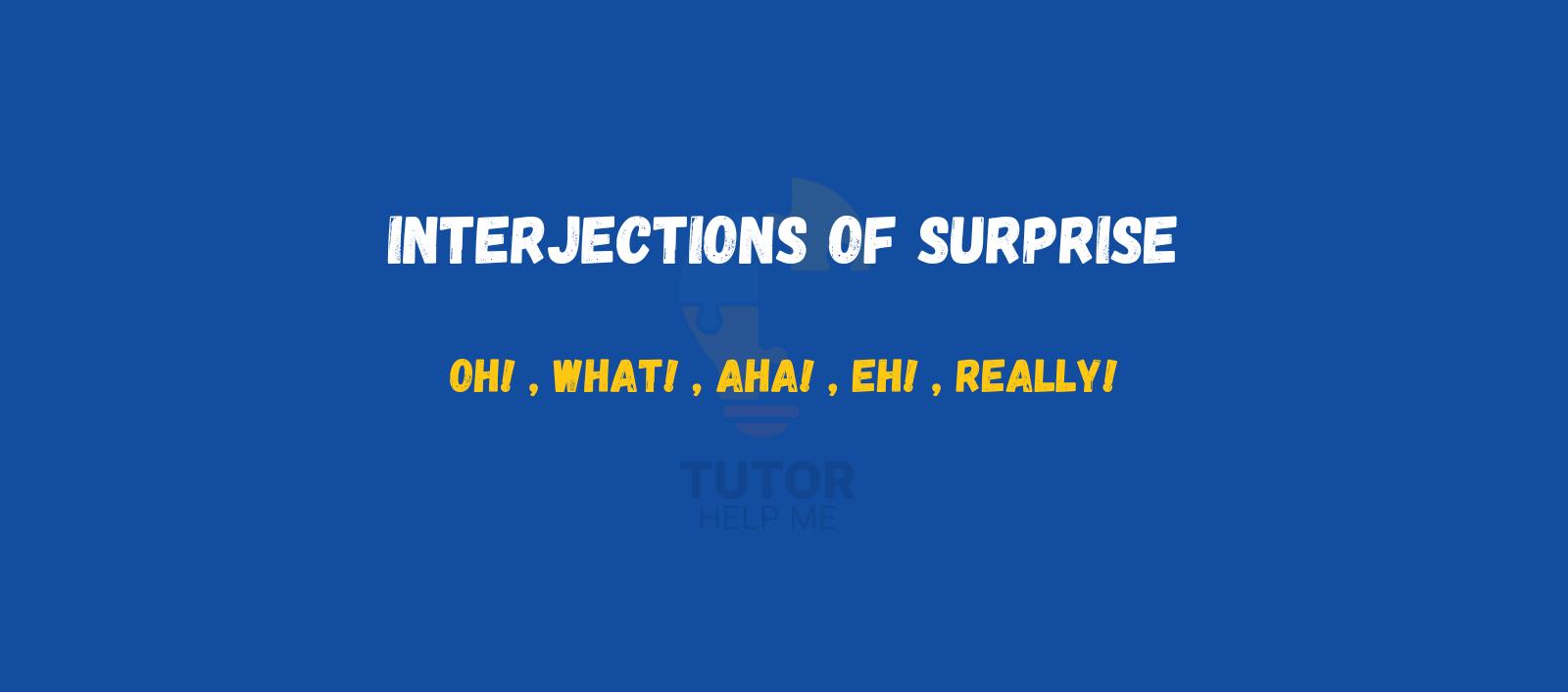
Interjections of Pain
These express physical or emotional pain.
Examples:
- Ouch! That was sharp.
- Ow! My leg hurts.
- Ahh! That stings.
- Ugh! That’s disgusting.
- Oh no! I dropped it.
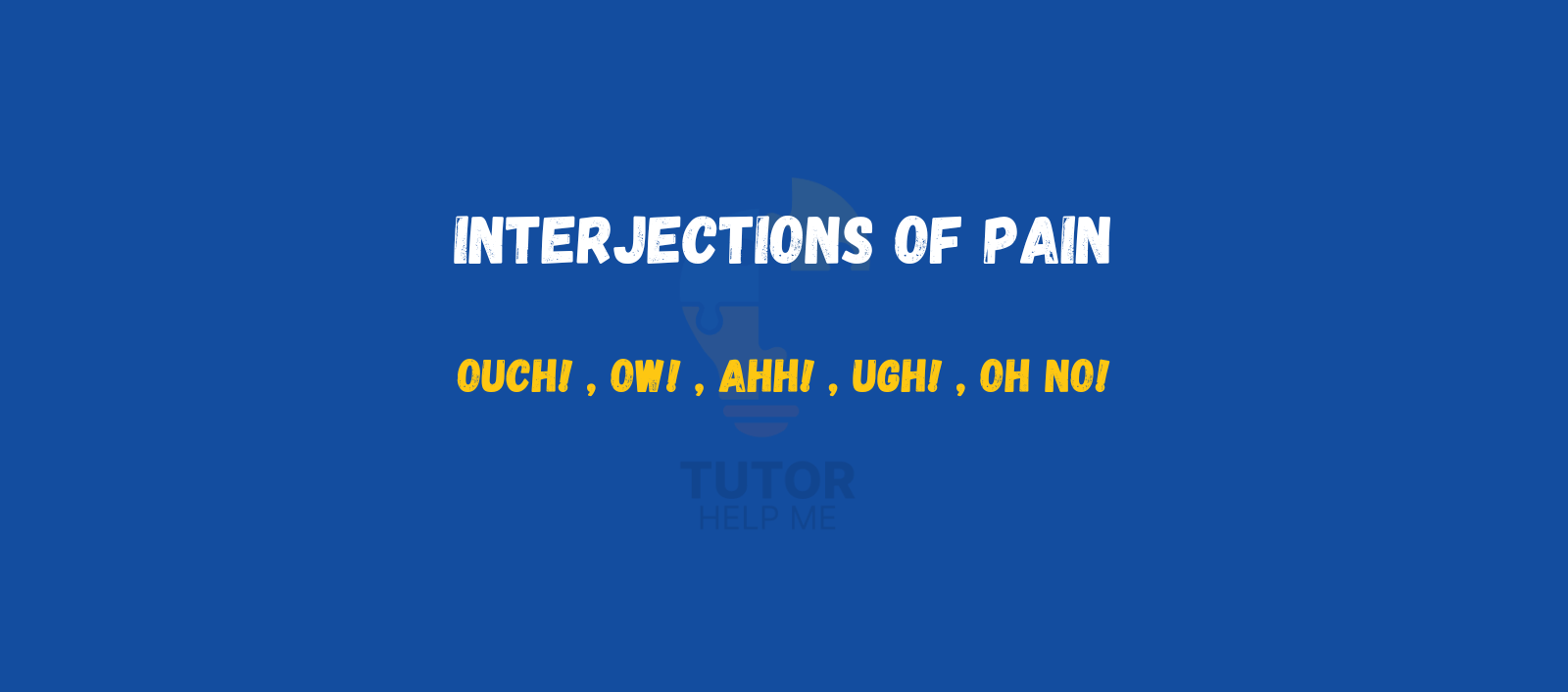
Interjections of Greeting
These are used to say hello or goodbye.
Examples:
- Hello! How are you?
- Hi! Nice to meet you.
- Hey! What’s up?
- Goodbye! See you soon.
- Bye! Take care.
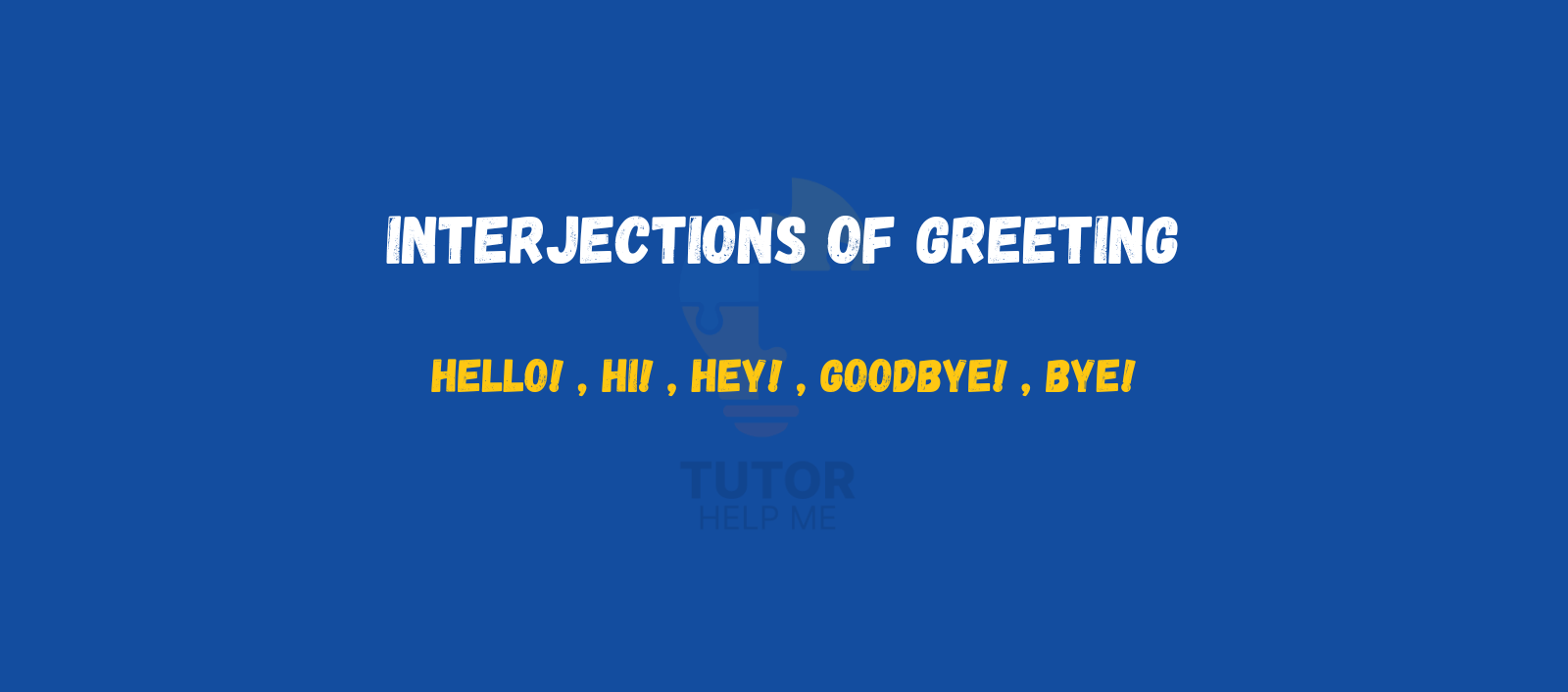
Interjections of Anger or Disgust
These show irritation, frustration, or dislike.
Examples:
- Ugh! That smells bad.
- Grr! I’m so mad.
- Damn! I missed the bus.
- Shoot! I dropped my phone.
- Bah! That’s nonsense.
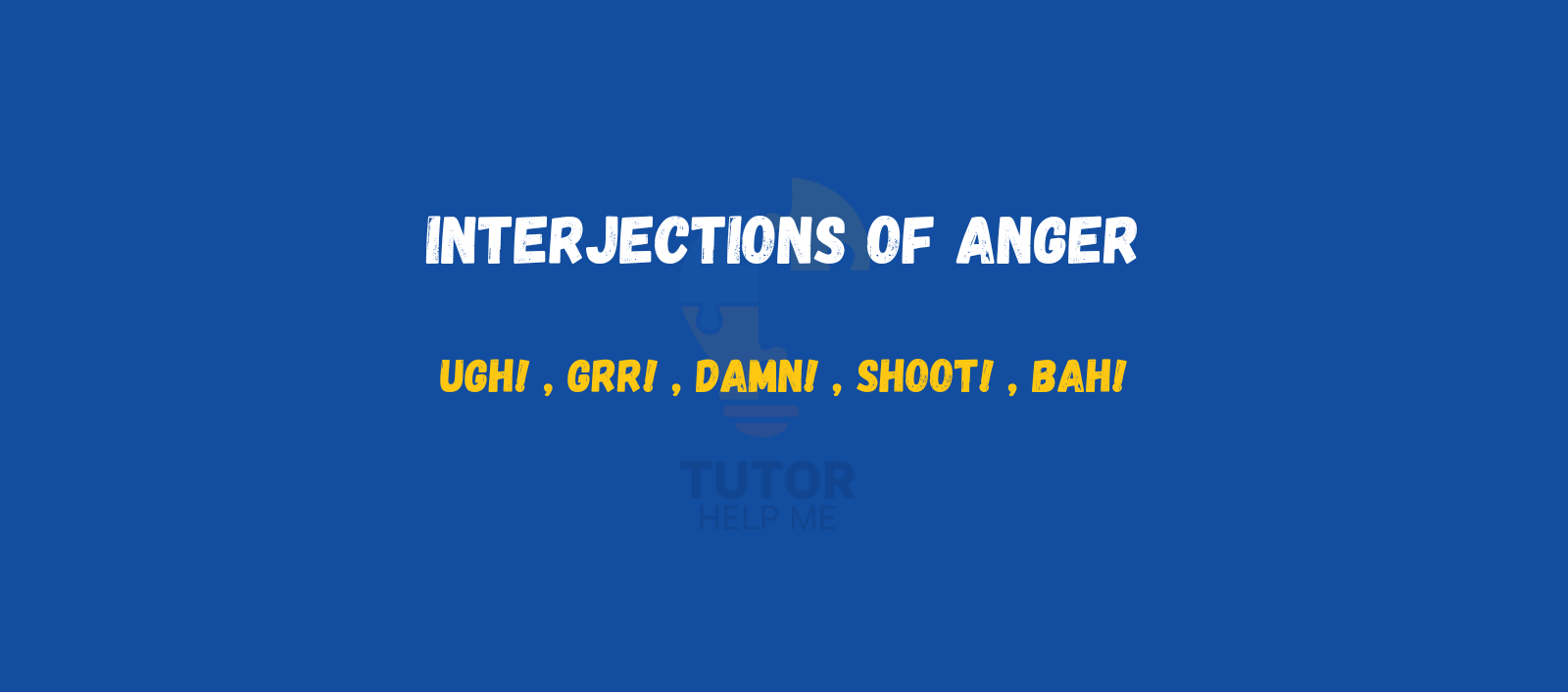
Interjections of Approval or Agreement
These show positive reactions or agreement.
Examples:
- Yes! That’s the answer.
- Indeed! You’re right.
- Well done! Great job.
- Bravo! You nailed it.
- Sure! Let’s go.
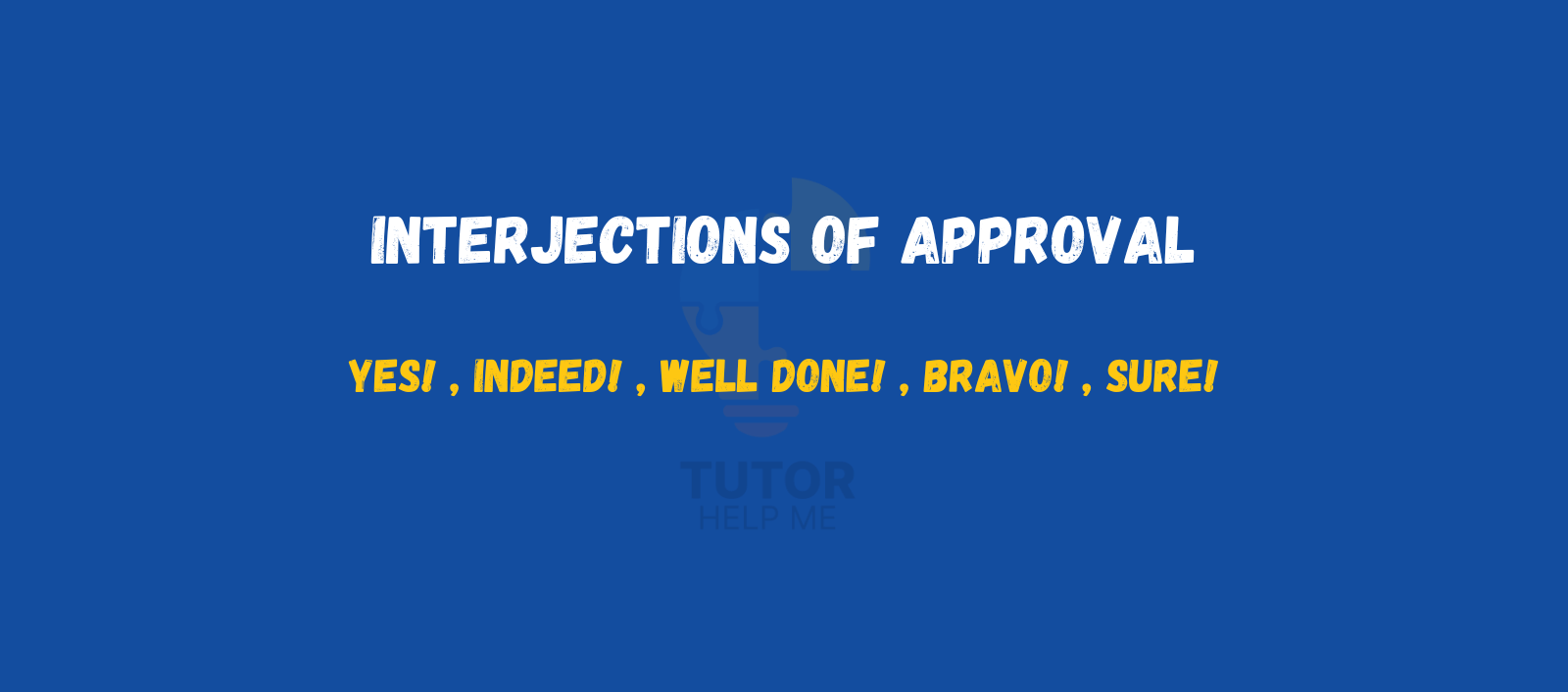
Interjections of Sorrow
These express sadness, regret, or sympathy.
Examples:
- Alas! The hero is dead.
- Oh no! I lost my wallet.
- Oops! I made a mistake.
- Aww! That’s so sad.
- Sorry! I didn’t mean it.
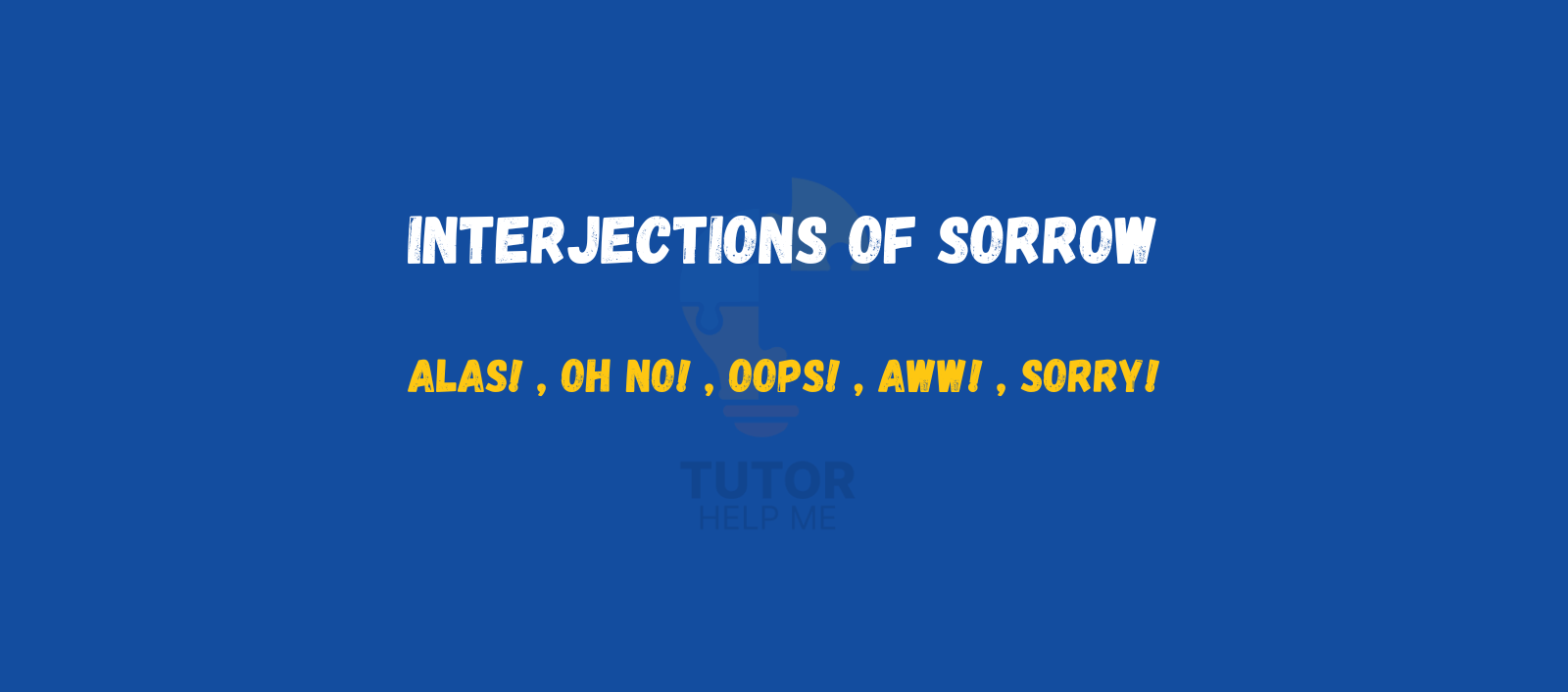
Interjections of Doubt or Hesitation
These show uncertainty, confusion, or thinking time.
Examples:
- Umm… I’m not sure.
- Er… I think I forgot.
- Hmm… That’s interesting.
- Uh… Can you repeat that?
- Well… maybe later.
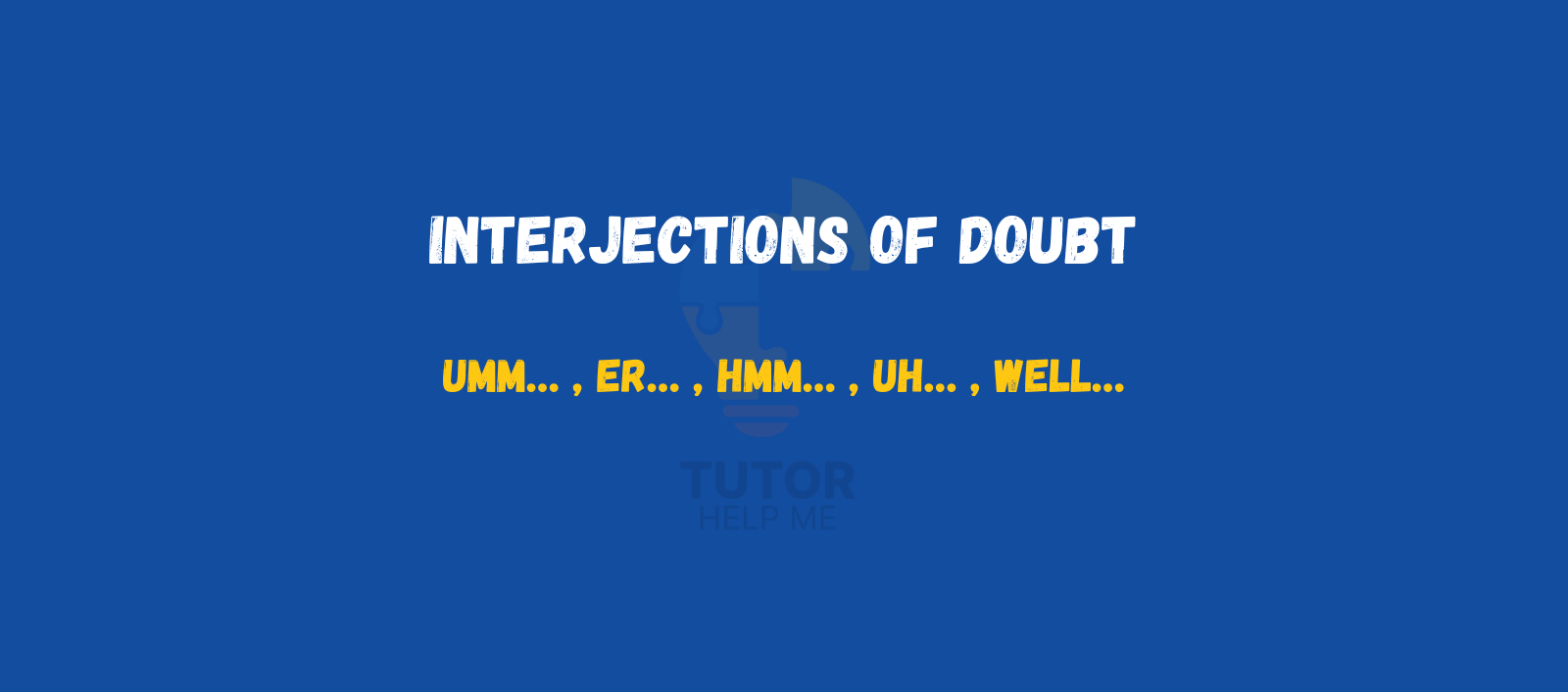
Interjections for Attention
Used to call someone or get their attention.
Examples:
- Hey! Look over here.
- Listen! I have something to say.
- Yo! What’s going on?
- Look! It’s starting now.
- Psst! Don’t say anything.
Interjections of Silence or Calm
These ask for quiet or calm situations.
Examples:
- Shh! Be quiet.
- Hush! The baby is sleeping.
- Easy! Take a deep breath.
- Whoa! Calm down.
- Quiet! The movie is starting.
How to Use Interjections in Sentences
- Usually placed at the beginning of a sentence
- Can be followed by an exclamation mark or a comma
- Can stand alone or be part of a sentence
Examples:
- Wow! That’s incredible.
- Oh, I forgot to tell you.
- Oops! Sorry about that.
Why Choose TutorHelpMe?
| Feature | What You Get with TutorHelpMe |
|---|---|
| Qualified English Tutors | Tutors with experience and strong subject knowledge |
| 1-on-1 Online Lessons | Personal attention to match each student’s learning style |
| Flexible Scheduling | Book lessons at times that suit your daily routine |
| Affordable Prices | High-quality tutoring at competitive and budget-friendly rates |
| Homework & Exam Help | Support with school tasks, grammar, writing, and exam prep |
| Progress Tracking | Monthly feedback to show how the student is improving |
| Interactive Learning | Engaging online tools to make lessons fun and effective |
| Trusted by Parents & Students | Proven results and many happy reviews across the UK |
Read More What are conjunctions? Definition and Types With Examples
Conclusion
Interjections may be small, but they express big emotions. They add feeling, tone, and personality to your speech and writing.
By learning their types and uses, you can better express reactions and connect with others more naturally.
FAQ’s
Are interjections full sentences?
No, they are not complete sentences but can stand alone to express a reaction or emotion.
Do interjections always end with an exclamation mark?
Not always. They can end with a comma if the feeling is mild or an exclamation mark if it’s strong.
Where do interjection appear in a sentence?
Most often at the beginning, but they can also appear in the middle or end of a sentence.
